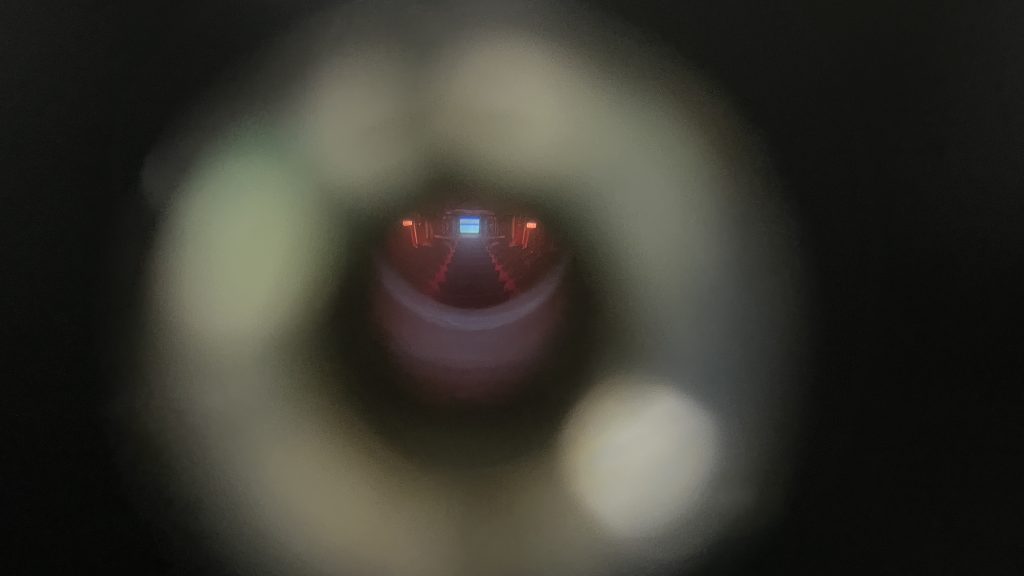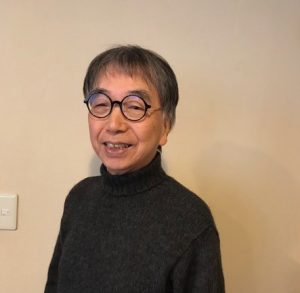-
SHARE
- X (Twitter)
Odorokiban, 1975/2025
The phenakistoscope, invented in 1832 by the Belgian physicist Joseph Plateau (1801–1883), is a device built around a spinning disc with rectangular apertures around its rim and a series of pictures around the center. When seen through the moving slits, the images, reflected in a mirror, appear to be moving. This device is known in Japan as odorokiban—a term thought to have been coined by Furukawa Taku, who began reproducing phenakistoscopes on his own in 1975. In April the same year, Furukawa exhibited about 16 of his odorokiban devices at the Shirakaba Gallery in Tokyo.
While the origin of the odorokiban name is disputed, it is known that Furukawa started exploring the principles of animation as “moving pictures” around 1975, conducting a variety of experiments. Realized in collaboration with primitive media artist Hashimoto Norihisa, this exhibition showcases three of Furukawa’s remaining devices, which are fitted with reproduced discs.
An analysis of Furukawa’s odorokiban device reveals that the picture disc and the disc with the slits rotate in opposite directions at different speeds. This mechanism resembles that of the anorthoscope, which Plateau developed before coming up with his phenakistoscope. Hashimoto created an experiential device that is rotated using a handle and has the same rotational frequency as Furukawa’s odorokiban.
Nickelodeon Movie Theater, 1988
Nickelodeons were small movie theaters that were popular in the United States in the early twentieth century. Admission usually cost only a nickel (five cents), and movies were accompanied by music played on a piano or organ inside the theater. Having visited a movie theater with an organ in it on the U.S. West Coast, Furukawa conceived the Nickelodeon Movie Theater in the form of a peep show device. For this exhibition, its film—originally played on an analog portable TV fitted with what at the time was a state-of-the-art cathode-ray tube—was migrated into a digital format. Also on display are a reproduction of an anamorphic projection originally presented in the 1970s at the Ginza Sony Building as part of the Fuji Xerox “Knowledge In” project, and Imazoo, a recreation of imaginary animals in cages.
Migration Direction: MATSU Fusako(TAKU FURUKAWA ARCHIVE), TAKI Kentaro, Tokyo Photographic Art Museum



